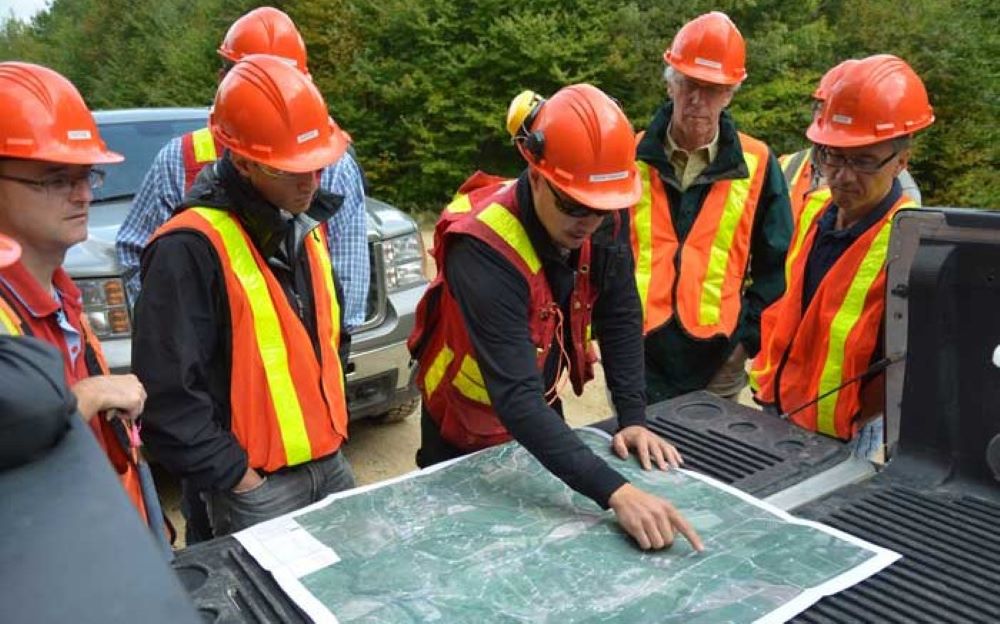
Northcliff Resources (TSX: NCF) shared what it has discovered about new research on tungsten-ion batteries.
Research conducted by the University of Cambridge and partner Nyobolt have been investigating the advantages of niobium- and tungsten-based anode systems over lithium-ion battery systems. Several improvements have been discovered.
The new type of batteries can be 90+% charged in less than five minutes, and they withstand a wider range of temperatures with reduced fire risk. They have a 10-times higher input power density, which extends their working range and allows for smaller and lighter batteries.
Finally, they new types have 10-times the durability of conventional batteries, resulting in lower total cost of ownership.
Northcliff pointed out that these capabilities enable new applications and enhanced customer experience. Such batteries could be used high performance and industrial vehicles as well as a number of consumer appliances and tools.
Also, researchers at the US Department of Energy’s Oak Ridge National Laboratory discovered that by using a scalable synthesis method, they could create a novel compound of molybdenum, tungsten and niobate (known as MWNO). This compound has high efficiency, recharges quickly, and could potentially replace graphite in commercial batteries.
Should these new technologies be commercialized, they could positively impact the demand for tungsten and molybdenum, said Northcliff CEO Andrew Ing.
Northcliff holds an 88.5% interest and is the operator of the Sisson tungsten-molybdenum project in new Brunswick. (Todd Corp. of New Zealand holds the balance of the project as well as a 52% interest in Northcliff). The 2013 feasibility study is being updated, but it posits a 30,000-t/d open pit and mill producing ammonium paratungstate and molybdenum.
The Scisson project has a measured and indicated resource of 387 million tonnes grading 0.067% tungsten oxide and 0.21% molybdenum. The inferred portion is 187 million tonnes at 0.50% tungsten oxide and 0.020% molybdenum.
Comments
Max Reid
Tungsten is a metal in the anode, it’s not tungsten-ion (still a lithium-ion technology)
https://onlinelibrary.wiley.com/doi/abs/10.1002/aenm.202200519